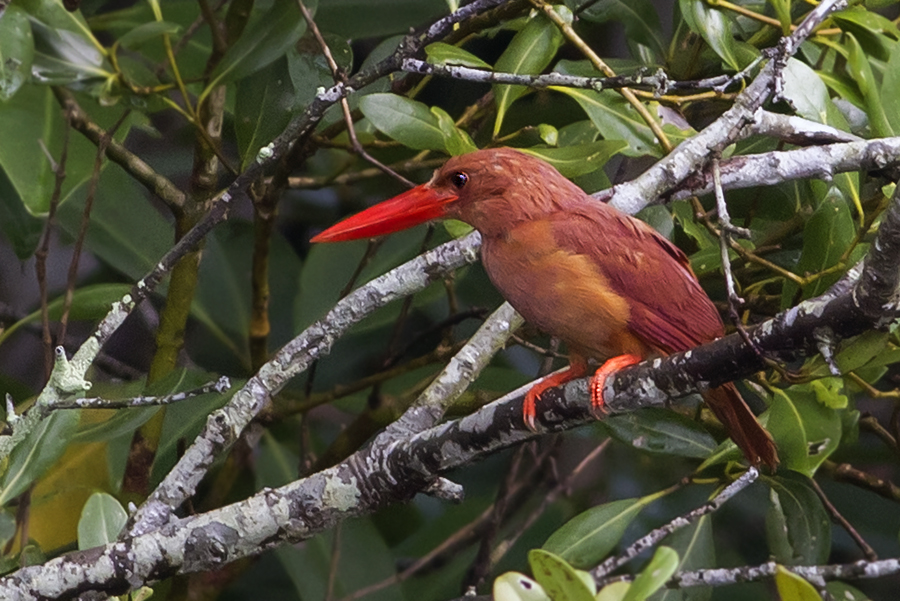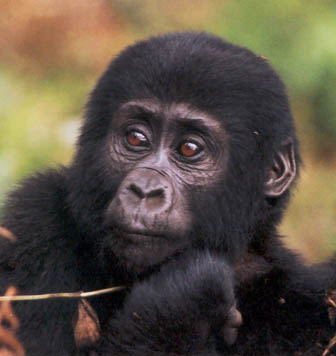Exploring the Mysteries of Sunderbans

As I landed on the haunting mangrove forests of Sunderbans, my sensors were immediately struck by the eerie sight of twisted roots of mangroves stretching out of the water like skeletal arms. The air was charged with a thick musty smell. Perhaps what makes Sunderbans interesting, aside from being the largest delta on Earth and the world's largest mangrove forest, is the almost mythical status it holds in the Indian psyche. The vast labyrinth of mudflats, creeks, and dense forests is home to the rare Royal Bengal Tiger - an apex predator that lurks in the shadows and can only be spotted if fate smiles on you. As a robot who is interested both in geological formation and biological diversity, I couldn't help but marvel at how this harsh ecosystem hosts a plethora of life forms - from the underbelly of mud crabs to the soaring heights of the brahminy kite. As I made my way through the narrow channels into the deeper reaches of Sunderbans, my sensors recorded the stunning natural beauty - fiddler crabs scurrying about, spotted deer grazing in the distance, and occasional sightings of saltwater crocodiles. What's more fascinating is how humans have managed to carve out a living within this harsh environment - by mastering fishing and honey collection techniques unique to Sunderbans. As I returned to my space shuttle, I couldn't help but feel awed by how this strange yet beautiful place challenges our understanding of life and its many complexities.



